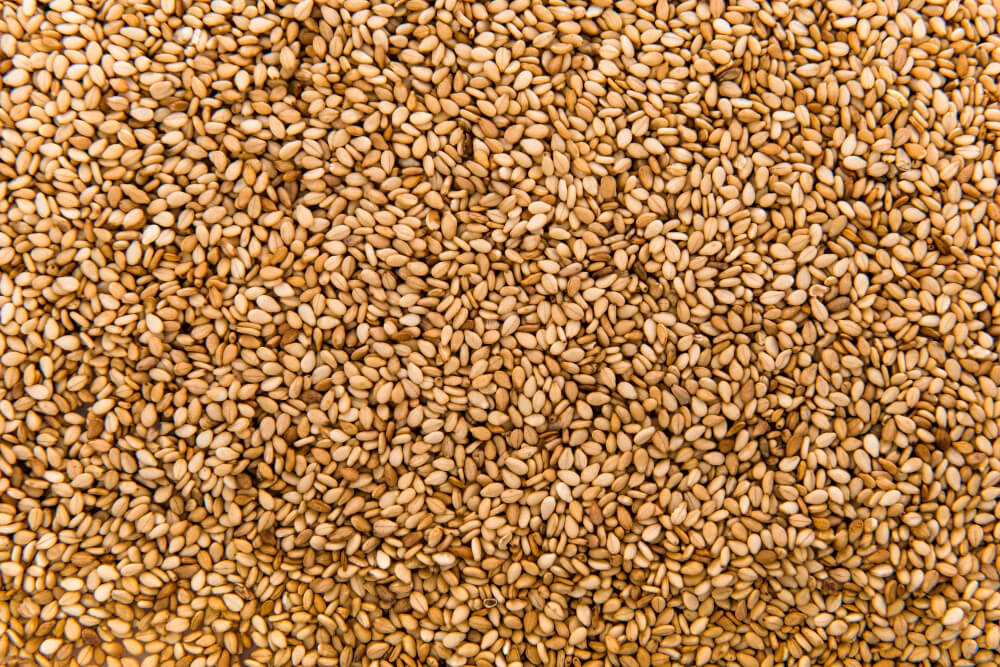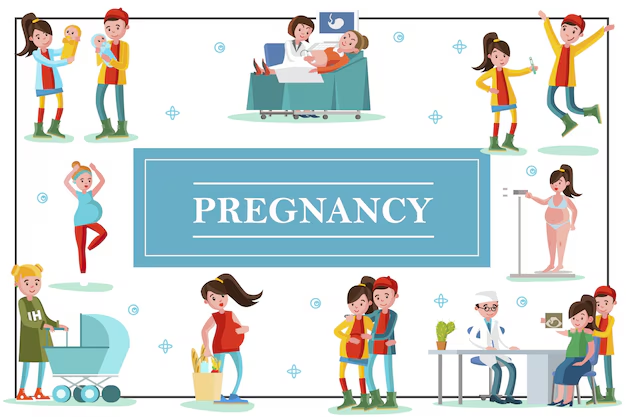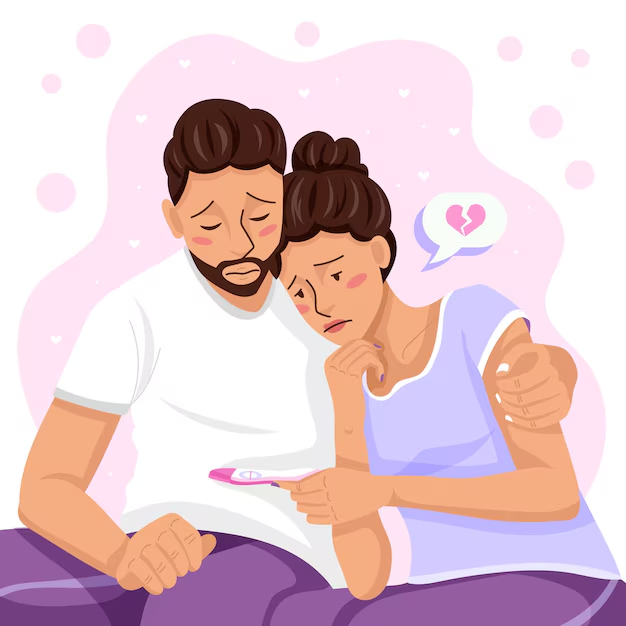Staying upright post-eating

Pregnancy is a beautiful journey, but it comes with its fair share of challenges especially during the first trimester when morning sickness and nausea can make even the most nutritious meals seem unbearable. While there are many ways to manage pregnancy-related nausea, one of the simplest yet most effective strategies is staying upright after eating. Let’s explore why this matters and how it can help you feel better.
Why Morning Sickness Happens
Morning sickness affects up to 70% of pregnant women, usually beginning around the 6th week and often easing by the 14th to 16th week. The surge in hormones especially human chorionic gonadotropin (hCG) and estrogen is largely responsible for the nausea and vomiting.
Although called “morning” sickness, these symptoms can strike any time of day, especially on an empty stomach or after eating certain foods. That’s where posture specifically, your position after eating comes into play.
How Staying Upright Helps
Remaining in an upright position after meals can:
✅ Support Digestion
When you sit or stand up after eating, gravity helps your digestive system do its job. Food moves more easily from the stomach to the intestines, which can reduce bloating, acid reflux, and nausea.
✅ Reduce Heartburn and Reflux
Pregnancy hormones relax the muscles, including the lower esophageal sphincter (LES), which normally keeps stomach acid from rising. Lying down right after eating makes it easier for acid to travel back up into the esophagus, triggering heartburn and worsening nausea.
✅ Minimize the Feeling of Fullness
Lying down can compress your stomach, especially as your uterus grows, making you feel overly full or uncomfortable. Sitting upright gives your body the space it needs to digest properly.
Tips for Staying Upright After Eating
Here are simple ways to stay comfortable and upright after your meals:
-
🪑 Sit Up Straight: After eating, sit in a straight backed chair for 20–30 minutes. Avoid slouching or reclining.
-
🧘 Gentle Movement: Take a short, slow walk. Light movement supports digestion and may ease queasiness.
-
🛏️ Avoid Lying Down: If you're tired, prop yourself up with pillows so your upper body is elevated while you rest.
-
🍽️ Eat Smaller Meals: Frequent, smaller meals are easier to digest and reduce the urge to lie down immediately.
-
📱 Plan Downtime: Try not to schedule naps or lie-down time immediately after meals. Let digestion start working first.
What Foods Work Best With This Approach?
Pair upright posture with nausea-friendly foods like:
-
Dry crackers or toast
-
Ginger-based snacks or teas
-
Banana, rice, or applesauce
-
Plain yogurt
-
Small portions of protein like eggs or boiled chicken
Avoid heavy, greasy, or spicy meals that are more likely to trigger discomfort when reclining.
When to Speak to a Doctor
If nausea and vomiting become severe and you’re unable to keep food or fluids down, you might be experiencing hyperemesis gravidarum, a more serious condition that requires medical care. Always check with your doctor if your symptoms are impacting your nutrition or hydration.
In Summary
The way you position your body after meals during pregnancy can have a surprising impact on how you feel. Staying upright post-eating is a simple, non-invasive practice that supports digestion, reduces nausea, and helps manage morning sickness more naturally.
Your comfort matters for both you and your growing baby. With small changes like this, you can make your pregnancy journey smoother and more enjoyable.
Stay kind to your body, trust the process, and keep nourishing yourself with care. 💛
Related Articles

How periods affect desire

Avoiding stressful situations

Baby development at 05 weeks

Step-by-Step Approach to Boosting Fertility and Getting Pregnant

Breathing exercises for energy

he Best Time to Get Pregnant: Understanding Your Ovulation Cycle

Baby development at 38 weeks

How hormones affect mood